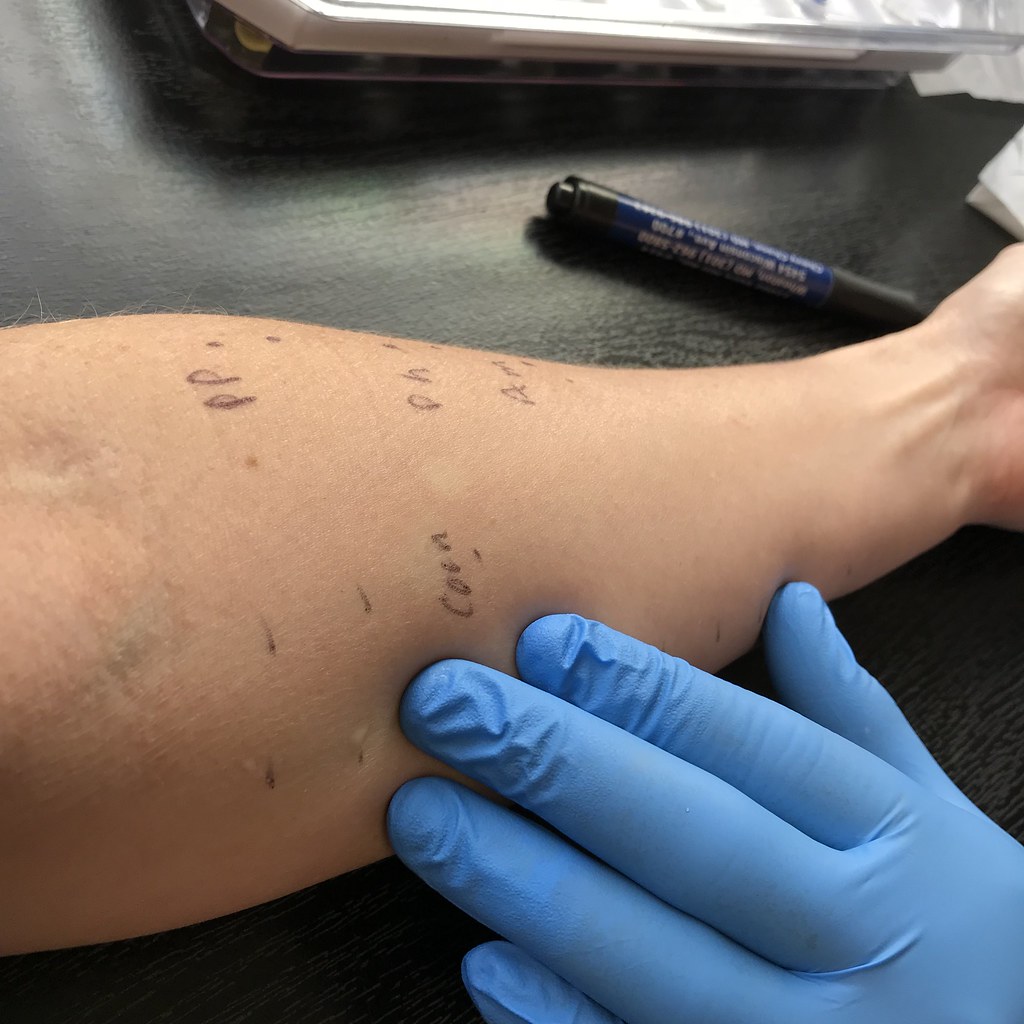Food allergies are a highly prevalent condition that can manifest in a variety of ways, some of which directly impact the skin. Though often associated with gastrointestinal or respiratory symptoms, food-induced allergic reactions can lead to dermatological concerns as well. Understanding the underlying mechanics of allergies, recognizing their dermatological impact, and exploring available management strategies can provide clarity on this complex subject.
What Are Food Allergies?
Food allergies occur when the immune system identifies a particular food protein as harmful and overreacts to its presence. This reaction can be triggered by even trace amounts of the allergenic food. The immune response often involves the production of antibodies, which leads to the release of inflammatory chemicals. These chemicals are responsible for the various symptoms experienced during an allergic reaction.
Common food allergens include peanuts, tree nuts, milk, eggs, soy, fish, shellfish, and wheat. Food allergies should not be confused with food intolerances. While intolerances may cause digestive discomfort, they do not involve the immune system and typically do not trigger the skin-related symptoms commonly associated with allergies.
What Effects Do They Have on the Skin?
The skin may be one of the first parts of the body to exhibit signs of a food-related allergic reaction. Reactions can affect a localized area or occur systemically. This will depend on the severity of the allergy and the specific allergen involved.
Hives
Hives are one of the most common skin symptoms linked to allergies. They appear as raised, itchy welts that may vary in size and often emerge shortly after consuming the allergenic food. The welts may fade and reappear on different areas of the body over a short span of time.
Eczema
Eczema, a chronic inflammatory skin condition, can be aggravated by food allergies. Individuals with eczema may experience flare-ups in response to allergens such as dairy or eggs. These flare-ups typically present as red, itchy, and dry patches of skin.
Contact Dermatitis
Direct skin exposure to allergenic foods may lead to contact dermatitis. This symptom can be less common than other symptoms related to the skin such as hives. This condition presents as redness, itching, and rash-like symptoms where the allergenic food has come into contact with the skin.
How Are They Treated and Managed?
Managing the dermatological effects of allergies involves a combination of avoidance strategies, medical treatments, and symptom management techniques. The most effective approach to managing food allergies is to identify and avoid allergens. Allergy testing, such as skin prick tests or blood tests, can help pinpoint specific triggers. Once identified, reading product labels and being vigilant about cross-contamination are integral to minimizing exposure.
Severe allergic reactions, such as those involving anaphylaxis, require immediate medical intervention. Individuals at risk of severe reactions are typically prescribed an epinephrine auto-injector (e.g., EpiPen) to use in case of emergencies. Consulting with healthcare professionals, such as dermatologists and allergists, ensures that comprehensive care is provided.
Confer With an Allergy Specialist
Food allergies may have significant implications for skin health, affecting daily comfort and overall well-being. While avoidance and over-the-counter remedies may alleviate symptoms, ongoing or severe issues may call for specialized guidance. An allergy specialist can assist with identifying triggers, designing avoidance strategies, and prescribing appropriate treatments for managing allergic reactions and their dermatological effects.
